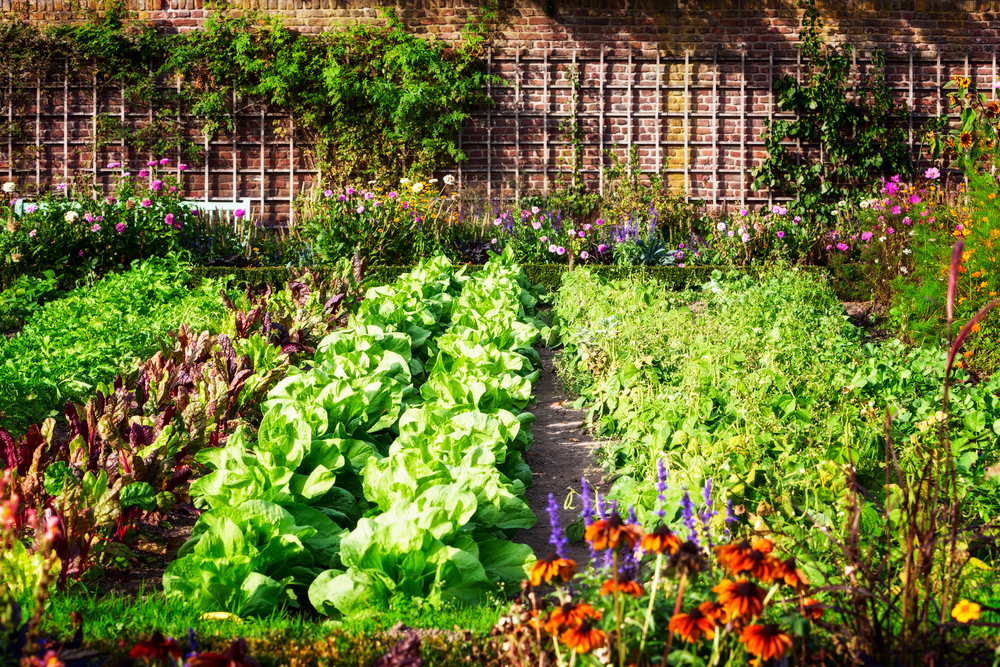Starting a backyard garden can be a truly rewarding experience. Whether it’s a flower or veggie garden, it’s satisfying to put in work and reap the rewards once the flowers bloom or the veggies are ready to harvest. If you’re not sure where to begin when it comes to starting a garden, you’re not alone!
It can be a little overwhelming at first, especially if you don’t have any experience with gardening. Luckily, we researched all the best tips and tricks and the steps you should take to start a small backyard garden.
Consider The Type Of Garden You Want
The first question you should consider when starting your garden is exactly what type of garden you want and what you want to grow. Do you want flowers? Vegetables? A small herb garden? This will help you determine what will be required maintenance wise and whether you have the correct conditions in your backyard for the garden to thrive.
It’s important to consider the climate of the area you’re in and how this will affect the growth of your garden. Determine the first and last frost dates in your region and how this will affect what you are planting.
 Shutterstock
ShutterstockChoose The Correct Location
A rule of thumb when it comes to location is that nearly all gardens, whether flower or vegetable, need 6- to 8-hours of sun per day. Look in your backyard and determine which areas have full sun, partial sun or full shade. Be sure to look at the plant tag which will help determine what types of plants will work in your garden. For example, ferns and hostas love full shade, so if this is your current backyard situation, these could be good options.
On the other hand, when it comes to vegetables, lettuce and spinach can do decently well in the shade, but most other vegetables, like tomatoes, do not. Aside from sunlight, also consider a few more location factors. For the sake of ease, we suggest choosing a flat landscape to start your garden. This will make things much easier on you physically when you’re tending to your plants.
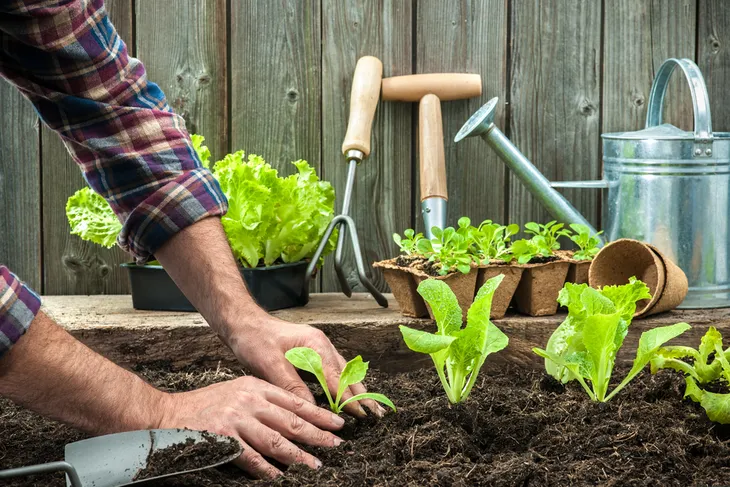 Shutterstock
ShutterstockPlan Your Garden Beds
Once you have a general location chosen, the next step in creating your garden is to plan your exact beds and where each plant will go. A raised bed can make it easier to work in your garden, but they also dry out more quickly. A sunken bed works well in dry climates to soak up more moisture.
In terms of shape and size, typically beds are designed in a square or rectangular shape and reach 3- to 4-feet across. We suggest starting small when it comes to your first garden, but also be sure to provide maximum growth space so each plant has enough room to fully develop and thrive. A small, well-kept garden is much more satisfying than a large, untended one.
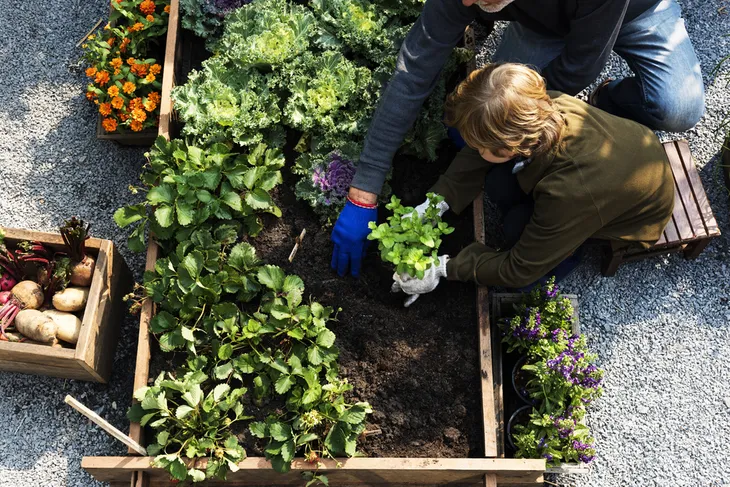 Shutterstock
ShutterstockOrganize Which Tools You Have And Will Need
Once you have your type of garden and locations in check, the next step is to organize exactly what tools you’ll need to start digging and making your vision a reality. Having proper tools for specific tasks will make gardening an effortless, enjoyable task. We suggest some of the key pieces of equipment you should pick up to include a garden hoe, a dirt rake, garden shovel, garden secateurs, garden trowel, a watering can, and a digging spade.
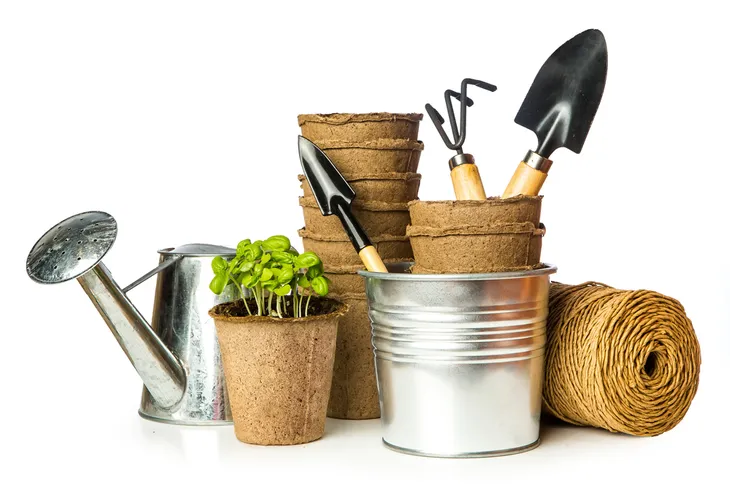 Shutterstock
ShutterstockTest And Prepare Your Soil
Soil is the foundation of a garden and what brings your plants nutrients, which means it’s important to understand your soil and its state. Soil can have an acidic, alkaline or neutral pH and have sand, clay or rocks mixed in. Most garden crops prefer a neutral pH balance of around 7 and thrive in soil with balanced nutrient levels, which can be achieved from organic matter. Because of this, we suggest adding a 2- to 3-inch layer of compost, decayed leaves, and mulch to your soil.
Once your soil is rich and fertile with organic matter, it’s time to work the soil by digging. It’s recommended to begin digging when the soil is wet enough to form a ball in your fist but dry enough to fall apart when you drop it. Once the soil is at this point, use a digging spade to gently turn the top 8- to 12-inches of soil, mixing in the organic matter.
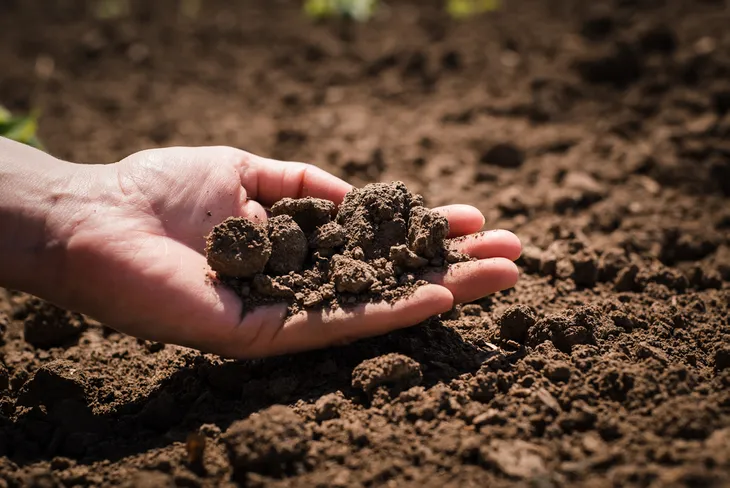 Shutterstock
ShutterstockPurchase Seeds Or Transplants
Once your garden and soil are prepared, the next step is to pick and purchase your seeds and transplants. The key to choosing plants is to make sure they are able to thrive in your climate, soil, and sunlight conditions.
Some good choices for beginner plants when it comes to annuals include geraniums, marigolds, and sunflowers and for perennials includes black-eyed susans, daylilies, and pansies. If you’re looking for some simple veggies to grow, a few good beginner options include tomatoes, peppers, and cucumbers.
Another consideration is what season each plant thrives in. Some plants, such as pansies and kale, are able to tolerate the cold, so you can still plant them in the autumn season. On the other hand, tomatoes and most annual flowers thrive in warmer climates and may suffer if planted when there is still frost.
 Shutterstock
ShutterstockPlant Your Picks
Once your seeds have been purchased, the next step is planting! Most seed packets will include basic planting instructions, but there are still a few rules of thumb that can be helpful.
In terms of depth of planting, try to plant seeds roughly three times as deep as the diameter of the seed. If you’re planting a transplant, the rule of thumb is to plant them at the same depth they were growing in the pot. Lastly, before planting make sure there is no threat of frost, especially for plants that thrive in the heat.
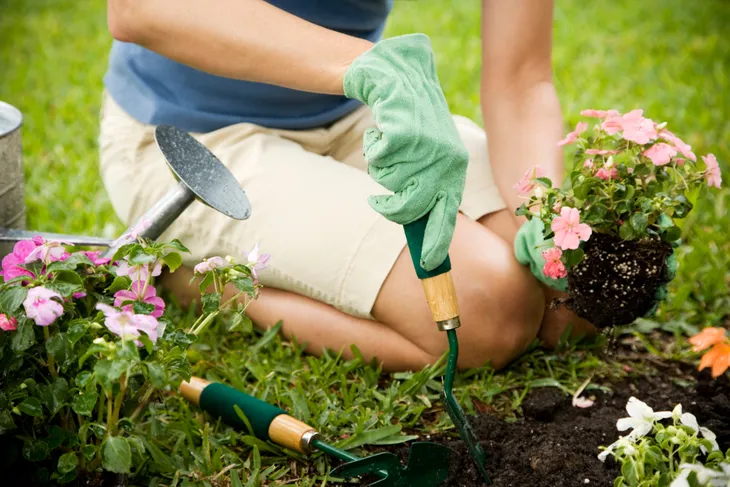 Shutterstock
ShutterstockKeep Up Maintenance And Care
Once the seeds have been properly planted, now it’s time to watch and help them grow! Maintenance and care are crucial for the success of your first backyard garden.
When it comes to watering, seedlings should never dry out, so it’s important to water daily. Once the seeds begin to grow, you can taper off the amount you’re watering. New transplants should also be watered quite often, typically every other day or so, to ensure the new roots are becoming successfully established. Once the plants begin to grow, pay attention to factors such as rainfall, soil, and humidity to determine how frequently you should continue to water.
A few other maintenance tactics to keep up with is pulling weeds before they get too big, removing any dying leaves or plants, and supporting tall plants with a trellis if necessary.
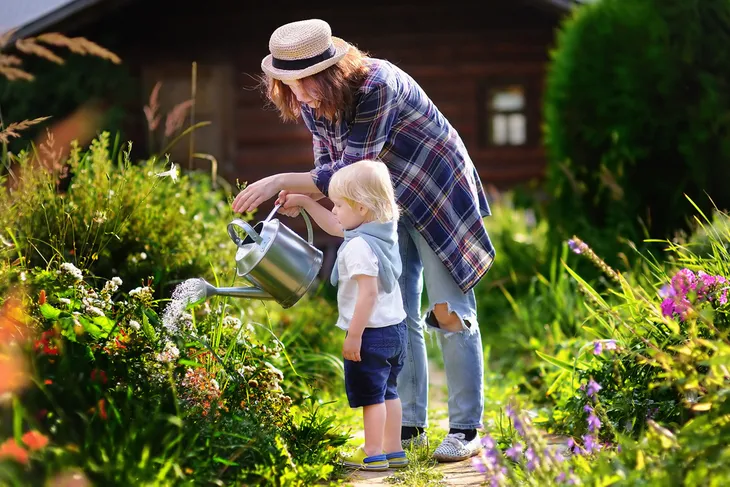 Shutterstock
Shutterstock